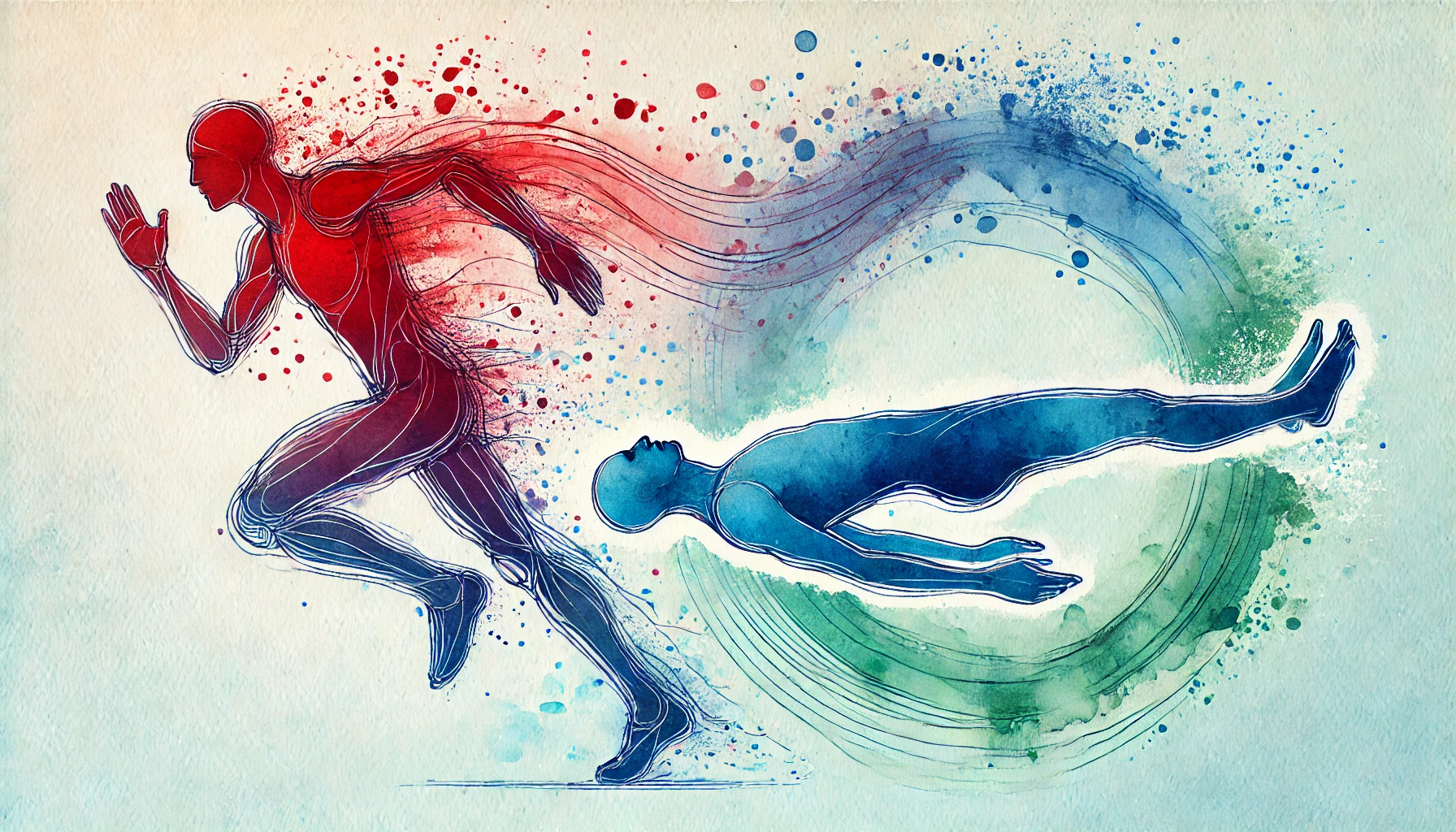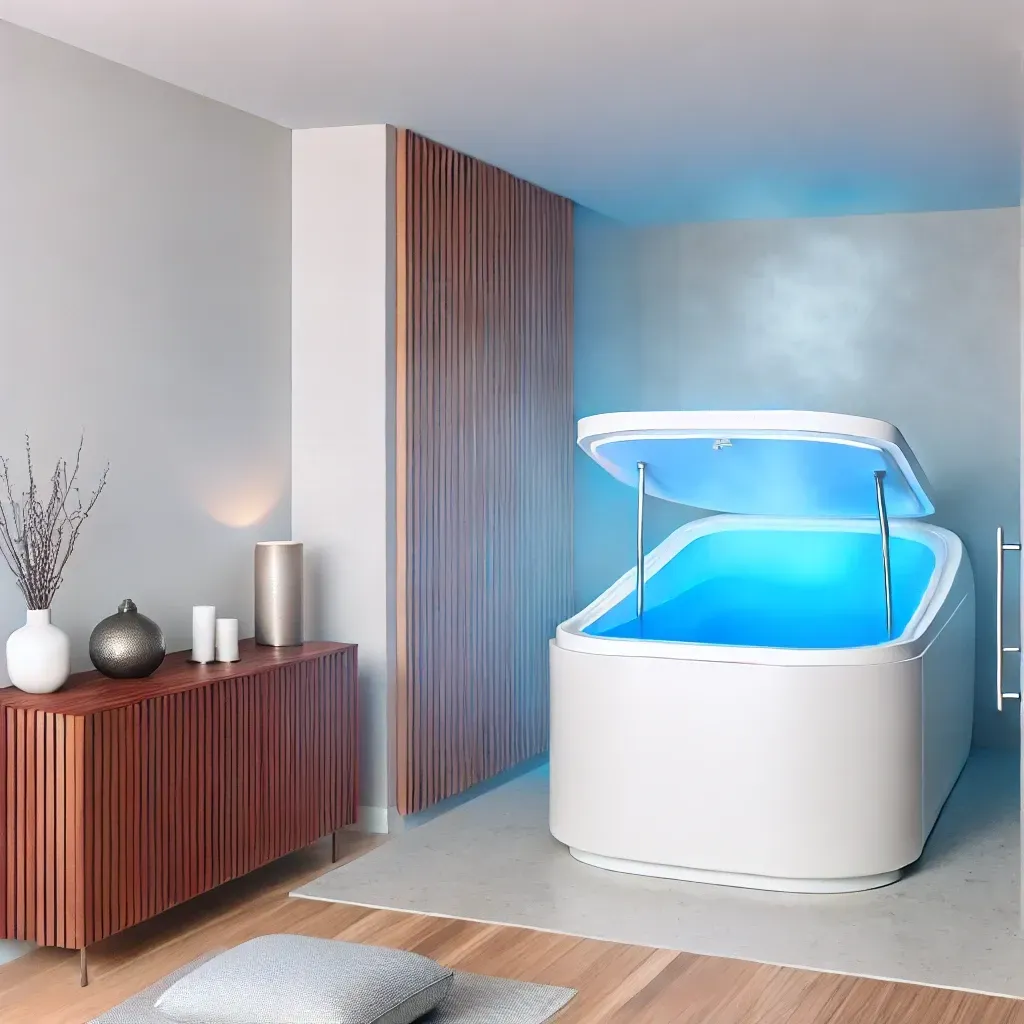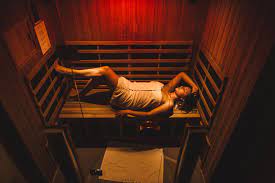70 Years of Floating
This year marks 70 years since the world's first float tank was invented in 1954. What began as fringe experiments and personal exploration has transformed into a mainstream wellness activity embraced around the globe.
As we reflect on the decades past, we wanted to share how far floating has come as both an industry and as a recognized tool for bolstering wellness and performance. As you can imagine, there’s a lot of history worth delving into (far more than we can cover in this short blog post), but we’ll be covering the high level eras and milestones over 7 decades of float tanks.
The Early Years - 1950s to 1960s
The story of floating begins in 1954 when American neuroscientist and medical doctor John C. Lilly constructed the first isolation tank at the National Institute of Mental Health (NIMH). At the time, the scientific world was fascinated by the mysteries of consciousness and perception. Many theories circulated about what would happen if you deprived the brain of external stimuli. Would it lead to sensory trauma? Psychosis or hallucinations?
Curious, and looking to investigate these theories more closely, Lilly modified a large, abandoned water tank at NIMH to house his first experiments. He constructed custom breathing masks to put minimal pressure on the skin, and maintained neutral sound and temperature by fully submerging the participant in skin temperature water. Conventional wisdom said that these conditions were very likely to be distressing. However, Lilly's experiences as his own first subject in the tank quickly disproved those notions.
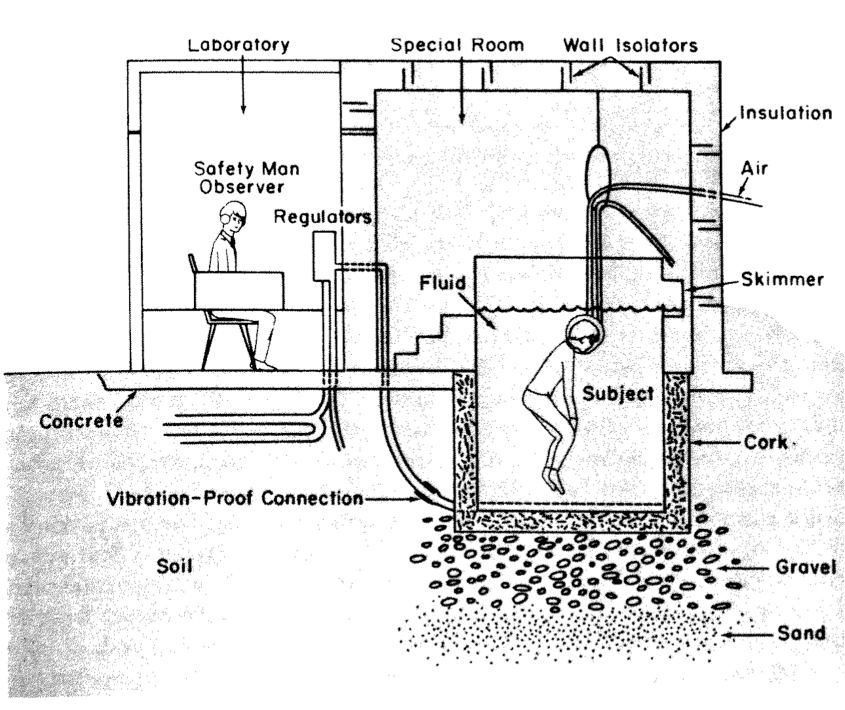
Rather than any kind of trauma, he reported feeling a profound serenity and physical relaxation. The lack of distraction didn't derange his mind – it unlocked access to higher states of awareness unlike anything he'd known. His first prolonged floats suggested sensory isolation didn't inherently deprive the brain at all. In fact, it seemed like it might have the potential to make us more conscious, rather than less.
Buoyed by these revelations, Lilly continued improving the tank design over the 1950s and 60s. He focused on optimizing comfort, safety, and the body's floating experience. At NIMH, his colleague Dr. Jay Shurley also extensively studied himself and others in the tanks. Their work firmly established flotation's merits within the scientific community. Beyond those directly involved in the research, however, few were aware of these strange "sensory deprivation" devices.
Over the coming years this would change dramatically as word spread both about Dr. Lilly’s research and the remarkable states it could produce. In the late 60s, Lilly published Programming and Metaprogramming in the Human Biocomputer, which would become a cult-classic highlighting his early floatation experiments. He also started teaching workshops on floatation in California, and the stage was being set for an era where tanks would make the leap
Tanks Go Commercial - 1970s
By the 1970s, floating was still by no means mainstream, but it was starting to garner attention from certain circles and individuals. In 1972 Lilly met Glenn Perry, a talented engineer, at one of his floating workshops. Together, they worked to modify the basic design, developing an early version of the style that we still use in our center today (in which you lie on your back in a saturated epsom salt solution, rather than being fully submerged in a freshwater tank).
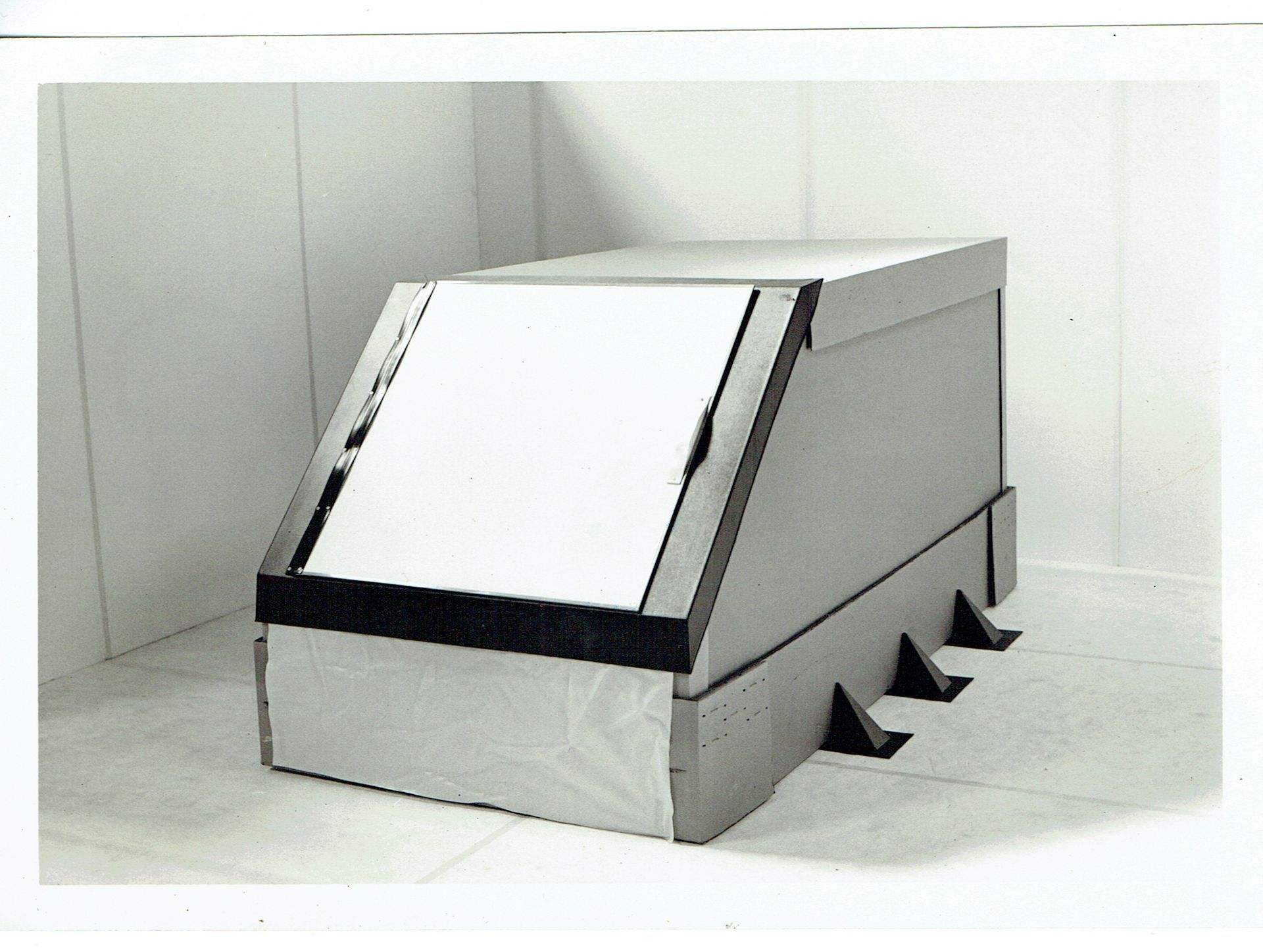
In 1973, along with Glenn’s wife Lee, they formed the first commercial float tank manufacturing company, Samadhi Tank Co., which is still producing tanks 50 years later. For the first time, regular folks could easily purchase and install these exotic devices in their homes.
Then, in 1979, Samadhi opened up the first commercial float center, which was located in Beverly Hills with 5 float tanks that customers could book time in. The business proved to be an immediate success, and between this and Samadhi’s manufacturing arm, the float industry had officially begun.
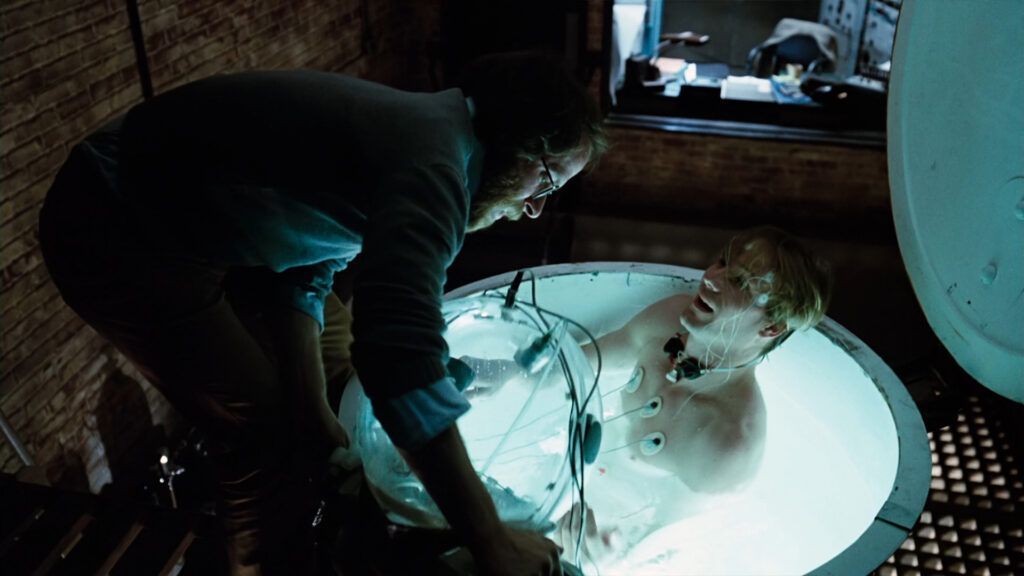
Rapid Growth - 1980s
In 1980, the movie Altered States was released, an underground classic which depicted actor William Hurt's character using a float tank for psychedelic experiments. That same year, the second float center opened in Hollywood, using the name Altered States and further drawing public awareness and curiosity.
Articles in major outlets like Rolling Stone explored this strange new practice. Within another year, another 5 centers had opened their doors, and that was just the beginning as more and more centers continued popping up in cities across North America to meet the growing demand.
The field also began attracting serious scientific interest. Researchers such as Tom Fine and Dr. John Turner studied floating's effects on everything from high blood pressure to athletic performance. Major universities were supplying their labs with dedicated float tanks for experiments, and for the first time rigorous evidence was collected on the many benefits of floating.
Conferences like those hosted by the Float Tank Association (FTA) and the International REST Investigators Society (IRIS) provided a hub to share ideas and new research. The evidence was clear – floating had significant impacts on both mind and body.
By the mid-1980s, there were commercial float centers worldwide. What had seemed like a fringe practice was transitioning into a legitimate health and wellness industry with proven benefits.
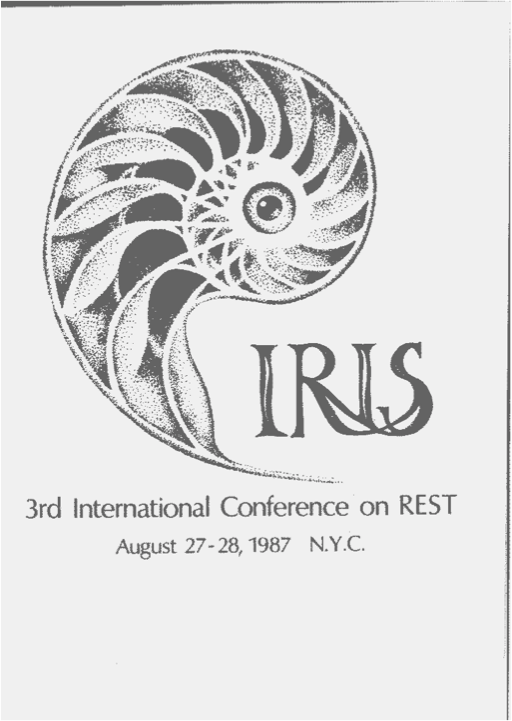
The Sudden Fall of Floating - Late 80s and 90s
Then the AIDS epidemic hit, and the rapid growth of floating came to an abrupt halt. The emerging AIDS crisis fueled public fears around use of communal water, even though floating itself was low risk.
Misinformation and panic surrounding AIDS caused the Western market for floating to collapse practically overnight. In just a few years, the vast majority of North American and European centers had shuttered.
For a practice that had been gaining so much momentum, it was a devastating setback that would require two decades to fully recover from. Even as the industry shrank in the West, though, pockets of passionate floaters kept the practice alive in other parts of the world.
In the United Kingdom, Europe, and the Nordic countries, strong floating communities persisted through the decline. Centers in these regions maintained their client bases and even saw some measured growth despite the crisis.
Research also quietly continued, in both the United States and abroad in countries like Sweden. As Western funding dried up through the 90s, it was these international labs that would end up laying the scientific groundwork for the future resurgence of floating.
Persistence and Growth - 2000s
The new millennium arrived, and floating in the Western world was limited to a small number of devotees keeping the practice alive, along with the very few commercial centers that were still active.
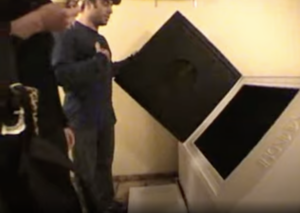
However, that was soon to change as new research continued to come out abroad and a very popular and very vocal Joe Rogan began regular endorsement of float tanks. In the late 2000s, for the first time in a long while, new commercial centers were beginning to open up, and new manufacturers were beginning to produce float tanks.
Resurgence - 2010s
Throughout the 2010s, the number of float tank centers in the United States grew from a couple dozen to hundreds. At the same time, technological improvements enhanced the experience with advanced filtration systems and more refined tank designs and, as floating went mass market, even more manufacturers entered the industry.
Float research (much of which we’ve covered in previous blog posts) began to receive funding and attention again, and some of the most advanced floatation therapy labs were constructed, such as the Float Lab at the Laureate Institute for Brain Research (LIBR). With more funding and participants than ever before, the research during these recent years has demonstrated the benefits of floating, both mental and physical, time and time again.
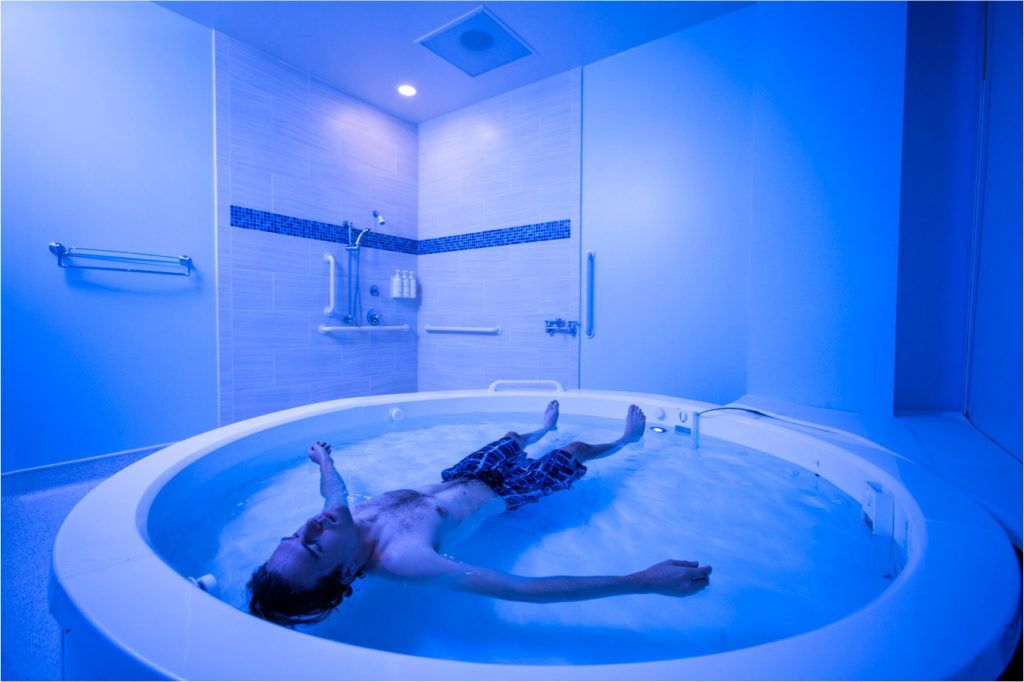
What Does The Future Hold?
It's incredible to reflect on how far floating has come since those earliest days at NIMH. One thing is certain – the future still holds boundless potential. As more and more people discover floating for themselves, there are surely innovations, applications, and discoveries that will continue to be uncovered.
Just as we celebrate all of those that came before us in helping to build this salty industry, we also look ahead to the future with great anticipation.


Contact Us

Slide title
Write your caption hereButton
Slide title
Write your caption hereButton
Slide title
Write your caption hereButton
Slide title
Write your caption hereButton
Slide title
Write your caption hereButton
Slide title
Write your caption hereButton
Open 7 Days a week, 10am - 8pm
Phone: 210-562-3310
Email: Admin@floatsa.com
4535 Fredericksburg Rd #201,
San Antonio, TX 78201


